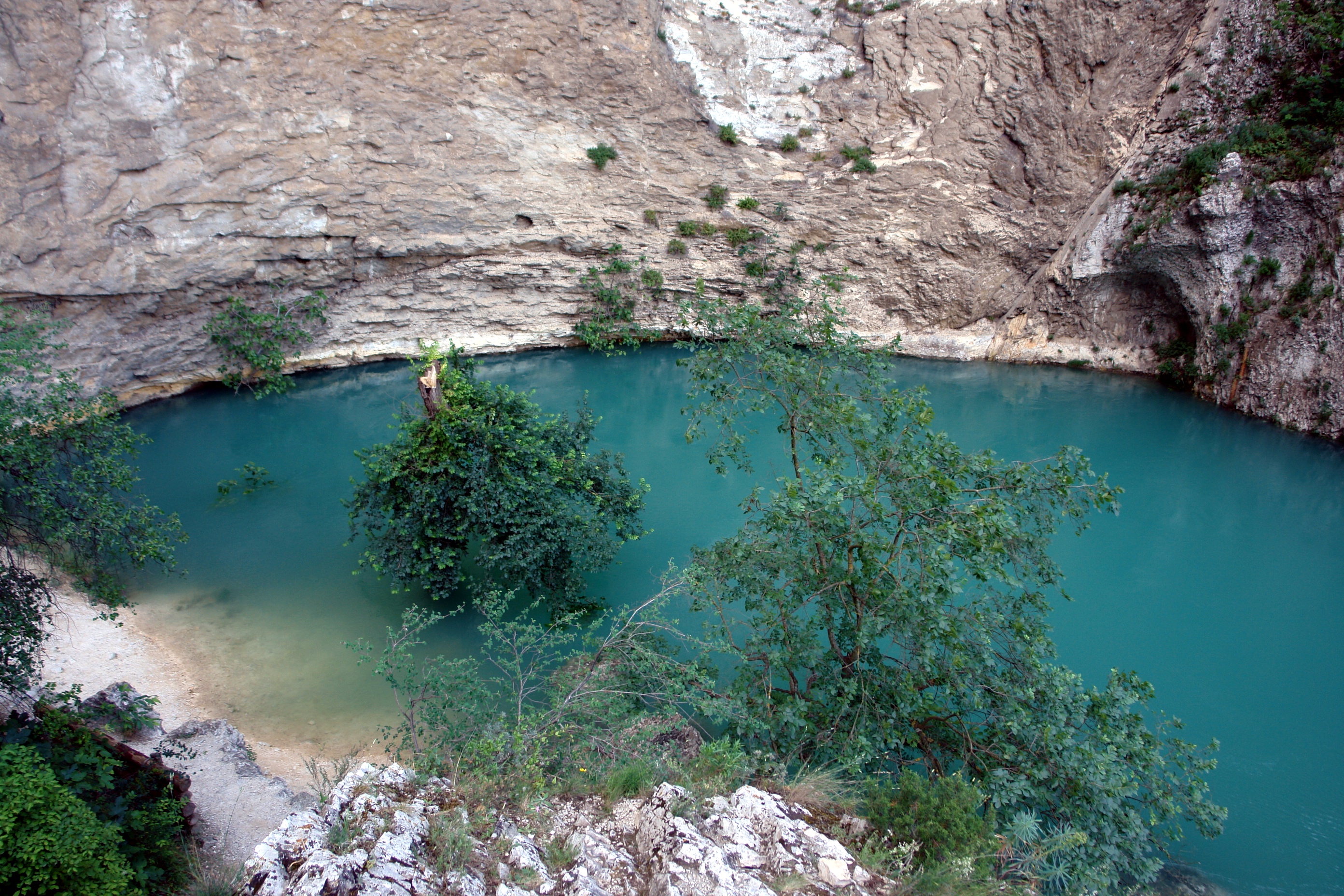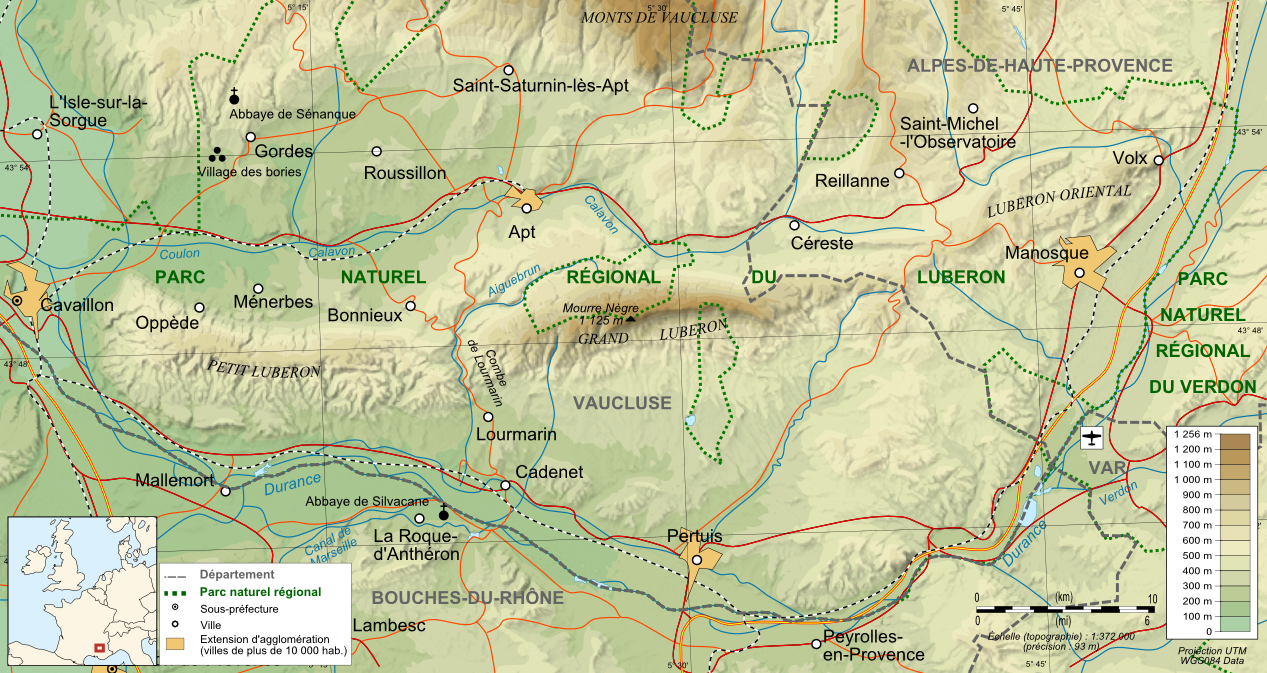|
Gargas, Vaucluse
Gargas is a Communes of France, commune in the Vaucluse Departments of France, department in the Provence-Alpes-Côte d'Azur Regions of France, region in southeastern France. The writer Raymond Jean (1925–2012) died in Gargas. Gargas is the site of old ochre mining operations. In 2009 the ''Mine d'Ocre de Bruoux'' was opened for tourists. See also *Communes of the Vaucluse department *Luberon References Communes of Vaucluse {{Vaucluse-geo-stub ... [...More Info...] [...Related Items...] OR: [Wikipedia] [Google] [Baidu] |
Communes Of France
The () is a level of administrative division in the French Republic. French are analogous to civil townships and incorporated municipalities in the United States and Canada, ' in Germany, ' in Italy, or ' in Spain. The United Kingdom's equivalent are civil parishes, although some areas, particularly urban areas, are unparished. are based on historical geographic communities or villages and are vested with significant powers to manage the populations and land of the geographic area covered. The are the fourth-level administrative divisions of France. vary widely in size and area, from large sprawling cities with millions of inhabitants like Paris, to small hamlets with only a handful of inhabitants. typically are based on pre-existing villages and facilitate local governance. All have names, but not all named geographic areas or groups of people residing together are ( or ), the difference residing in the lack of administrative powers. Except for the municipal arrondi ... [...More Info...] [...Related Items...] OR: [Wikipedia] [Google] [Baidu] |
Vaucluse
Vaucluse (; oc, Vauclusa, label= Provençal or ) is a department in the southeastern French region of Provence-Alpes-Côte d'Azur. It had a population of 561,469 as of 2019.Populations légales 2019: 84 Vaucluse INSEE The department's prefecture is . It is named after a spring, the Fontaine de Vaucluse, one of the largest |
Departments Of France
In the administrative divisions of France, the department (french: département, ) is one of the three levels of government under the national level ("territorial collectivities"), between the administrative regions and the communes. Ninety-six departments are in metropolitan France, and five are overseas departments, which are also classified as overseas regions. Departments are further subdivided into 332 arrondissements, and these are divided into cantons. The last two levels of government have no autonomy; they are the basis of local organisation of police, fire departments and, sometimes, administration of elections. Each department is administered by an elected body called a departmental council ( ing. lur.. From 1800 to April 2015, these were called general councils ( ing. lur.. Each council has a president. Their main areas of responsibility include the management of a number of social and welfare allowances, of junior high school () buildings and technical staff, ... [...More Info...] [...Related Items...] OR: [Wikipedia] [Google] [Baidu] |
Provence-Alpes-Côte D'Azur
Provence-Alpes-Côte d'Azur (; or , ; commonly shortened to PACA; en, Provence-Alps-French Riviera, italic=yes; also branded as Région Sud) is one of the eighteen administrative regions of France, the far southeastern on the mainland. Its prefecture and largest city is Marseille. The region is roughly coterminous with the former French province of Provence, with the addition of the following adjacent areas: the former papal territory of Avignon, known as Comtat Venaissin; the former Sardinian-Piedmontese County of Nice annexed in 1860, whose coastline is known in English as the French Riviera and in French as the ''Côte d'Azur''; and the southeastern part of the former French province of Dauphiné, in the French Alps. Previously known by the acronym PACA, the region adopted the name ''Région Sud'' as a commercial name or nickname in December 2017. 5,007,977 people live in the region according to the 2015 census. It encompasses six departments in Southeastern France: Al ... [...More Info...] [...Related Items...] OR: [Wikipedia] [Google] [Baidu] |
Regions Of France
France is divided into eighteen administrative regions (french: régions, singular ), of which thirteen are located in metropolitan France (in Europe), while the other five are overseas regions (not to be confused with the overseas collectivities, which have a semi-autonomous status). All of the thirteen metropolitan administrative regions (including Corsica ) are further subdivided into two to thirteen administrative departments, with the prefect of each region's administrative centre's department also acting as the regional prefect. The overseas regions administratively consist of only one department each and hence also have the status of overseas departments. Most administrative regions also have the status of regional territorial collectivities, which comes with a local government, with departmental and communal collectivities below the region level. The exceptions are Corsica, French Guiana, Mayotte and Martinique, where region and department functions are managed ... [...More Info...] [...Related Items...] OR: [Wikipedia] [Google] [Baidu] |
Raymond Jean
Raymond Jean (21 November 1925, Marseille – 3 April 2012, Gargas, Vaucluse, Gargas in the Vaucluse department) was a prolific French writer. He published more than 40 books in many genres, and won the Prix Goncourt de la nouvelle in 1983 for his book ''Un fantasme de Bella B''. His novella ''La lectrice'' was turned into a The Reader (1988 film), hit film by director Michel Deville, starring Miou-Miou. It has been translated in English by Adriana Hunter for publication by Peirene Press, under the title ''Reader for Hire''. Bibliography *1953: ''Le Bois vert'', Seghers *1959: ''Les Ruines de New York'', Albin Michel *1961: ''La Conférence'', Albin Michel *1963: ''Les Grilles'', Albin Michel *1964: ''Nerval'', Éditions du Seuil, Seuil *1965: ''La littérature et le réel : de Diderot au "Nouveau roman"'', Albin Michel *1966: ''Le Village'', Albin Michel *1966: ''Eluard'', Éditions du Seuil, Seuil *1968: ''La Vive'', Seuil *1971: ''Pour Gabrielle'', Seuil *1971: ''Les Deux Prin ... [...More Info...] [...Related Items...] OR: [Wikipedia] [Google] [Baidu] |
Ochre
Ochre ( ; , ), or ocher in American English, is a natural clay earth pigment, a mixture of ferric oxide and varying amounts of clay and sand. It ranges in colour from yellow to deep orange or brown. It is also the name of the colours produced by this pigment, especially a light brownish-yellow. A variant of ochre containing a large amount of hematite, or dehydrated iron oxide, has a reddish tint known as "red ochre" (or, in some dialects, ruddle). The word ochre also describes clays coloured with iron oxide derived during the extraction of tin and copper. Earth pigments Ochre is a family of earth pigments, which includes yellow ochre, red ochre, purple ochre, sienna, and umber. The major ingredient of all the ochres is iron(III) oxide-hydroxide, known as limonite, which gives them a yellow colour. * Yellow ochre, , is a hydrated iron hydroxide (limonite) also called gold ochre. * Red ochre, , takes its reddish colour from the mineral hematite, which is an anhydrous iron ... [...More Info...] [...Related Items...] OR: [Wikipedia] [Google] [Baidu] |
Communes Of The Vaucluse Department
The following is a list of the 151 communes of the Vaucluse department of France. The communes cooperate in the following intercommunalities (as of 2022):BANATIC Périmètre des EPCI à fiscalité propre. Accessed 7 October 2022. * Métropole d'Aix-Marseille-Provence (partly) * (partly) * |
Luberon
The Luberon ( or ; Provençal: ''Leberon'' or ''Leberoun'' ) is a massif in central Provence in Southern France, part of the French Prealps. It has a maximum elevation of and an area of about . It is composed of three mountain ranges (from west to east): Lesser Luberon (''Petit Luberon''), Greater Luberon (''Grand Luberon'') and Eastern Luberon (''Luberon oriental''). The valleys north and south of them contain a number of towns and villages as well as agricultural land; the northern part is marked by the Calavon, while the southern part is characterised by the Durance. The Luberon is often advertised under the name Lubéron (with an acute accent on top of the "e"); some dictionaries justify that the two spellings are interchangeable. The total number of inhabitants varies greatly between winter and summer, due to a massive influx of tourists during the warm season. It is a favourite destination for French high society and British and American visitors because of the pleasant ... [...More Info...] [...Related Items...] OR: [Wikipedia] [Google] [Baidu] |


